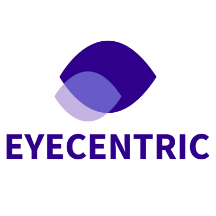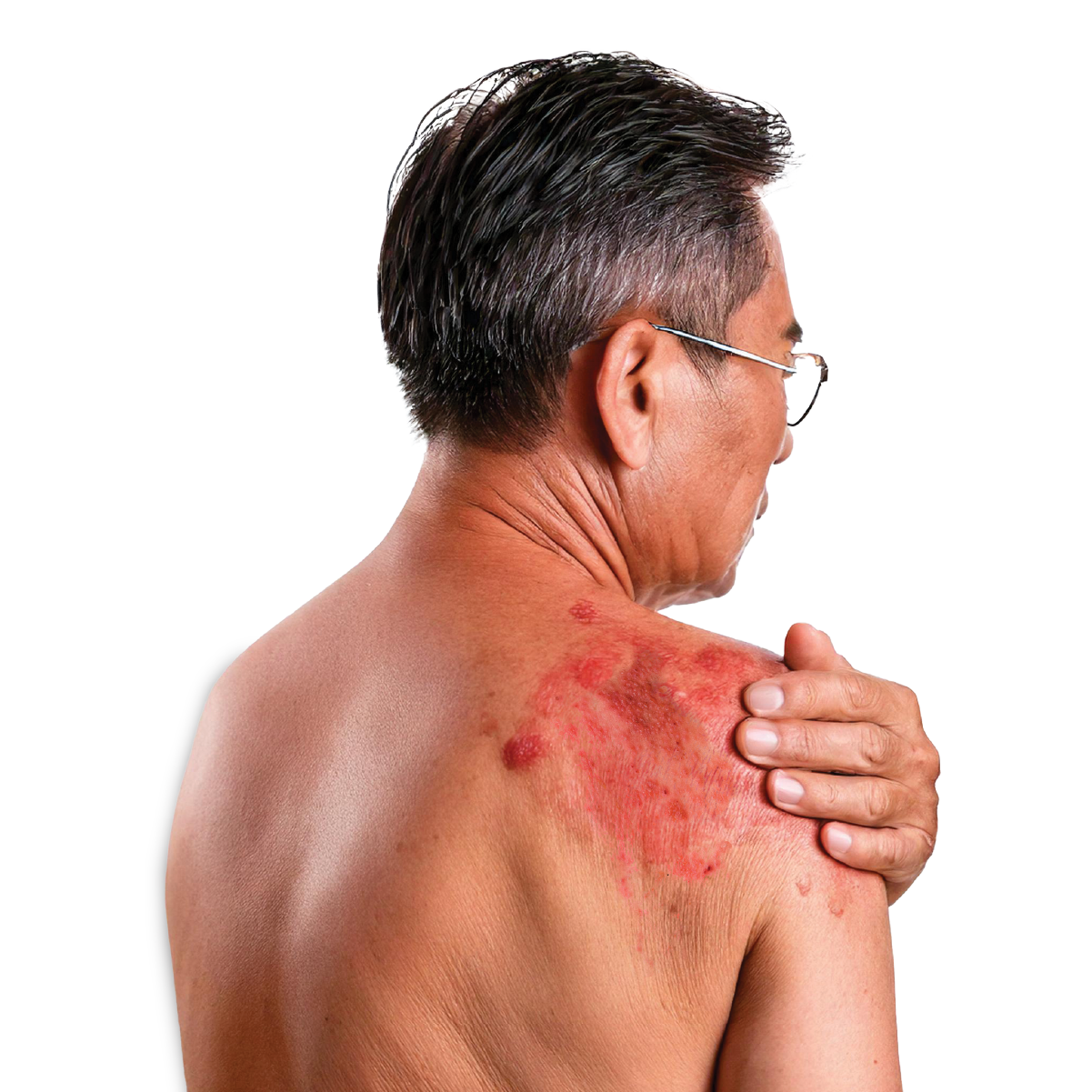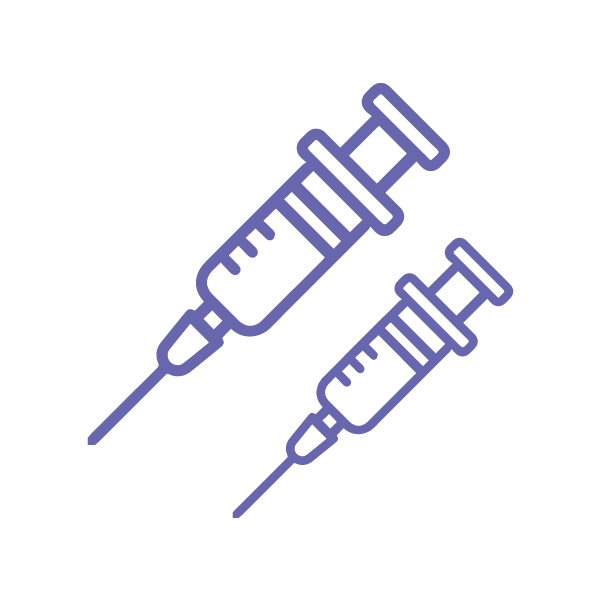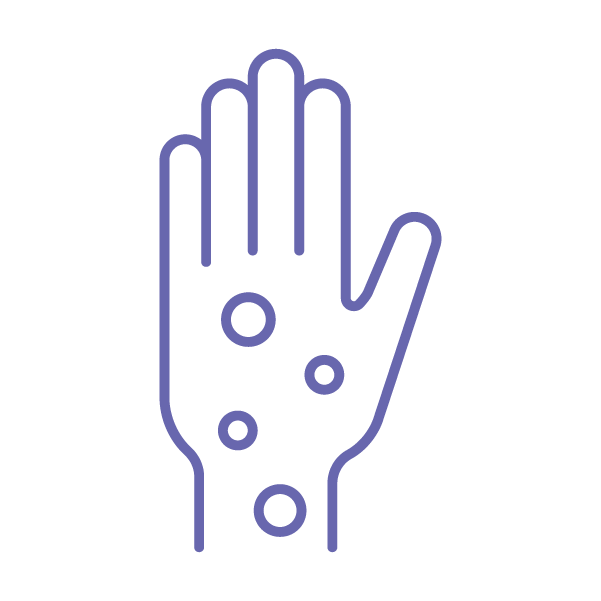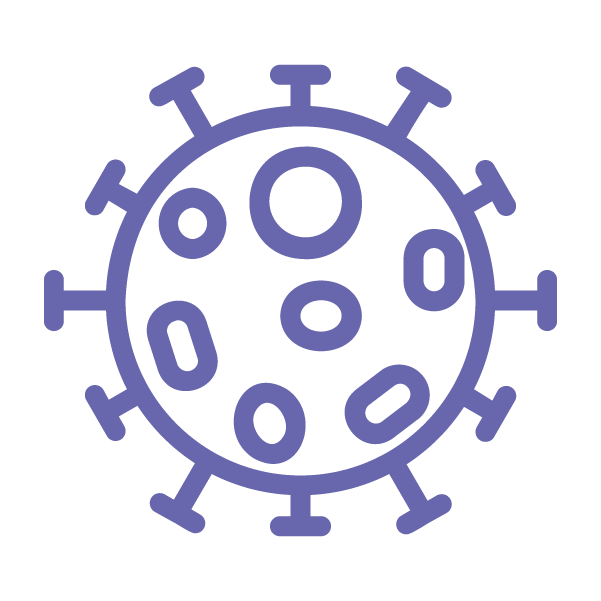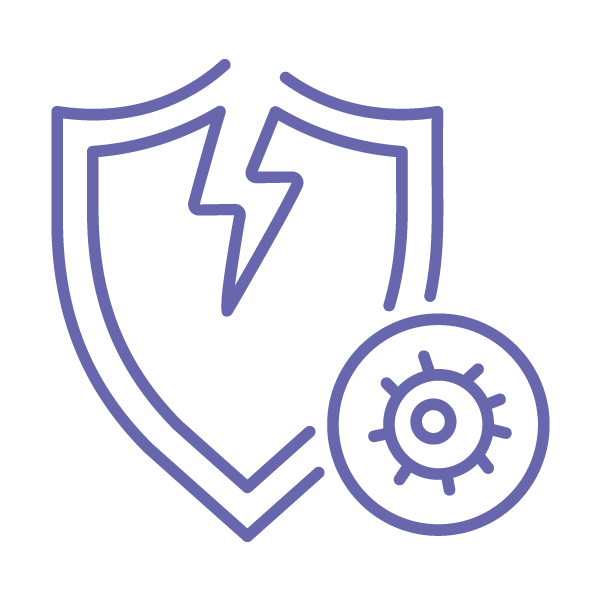24/7 Careline
- Patient Care
-
Our Specialties
-
All Specialties
- All Specialties
- Anaesthesiology
- Cardiology
- Cardiovascular & Thoracic Surgery
- Colorectal Surgery
- Dental & Pedodontic Surgery
- Dermatology
- Emergency Medicine
- Endocrinology
- ENT, Head & Neck Surgery
- Gastroenterology and Hepatology
- General Surgery
- Geriatrics
- Gynaecology
- Gynaecology (Oncology)
- Gynaecology (Reproductive Medicine)
- Gynaecology (Urogynaecology)
- Haematology
- Hand and Microsurgery
- Hepatobiliary Surgery
- Internal Medicine
- Maternal Fetal Medicine
- Nephrology
- Neurology
- Neurosurgery
- Obstetrics and Gynaecology
- Oncology
- Ophthalmology
- Oral and Maxillofacial Surgery
- Orthopaedic Surgery
- Orthopaedics
- Paediatric Surgery
- Paediatrics
- Palliative Medicine
- Plastic Surgery
- Psychiatry
- Psychology
- Radiology
- Radiology & Interventional Radiology
- Rheumatology
- Spine Surgery
- Sports Medicine
- Urology
- Vascular Surgery
- Centre of Specialties
-
All Specialties
- Our Services
- Our Doctors
- Promotions
- Memberships

